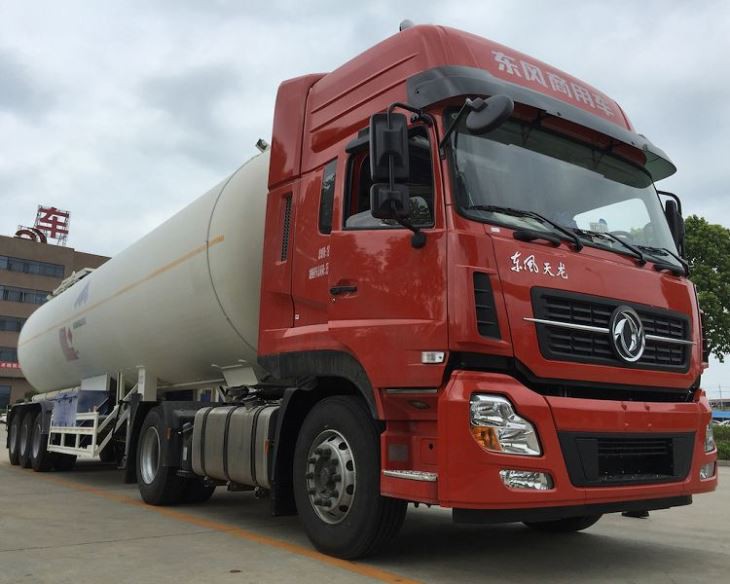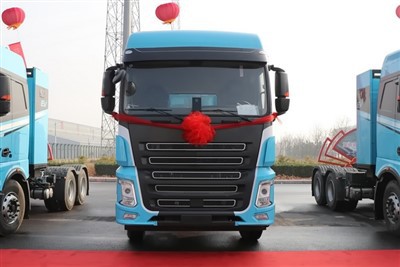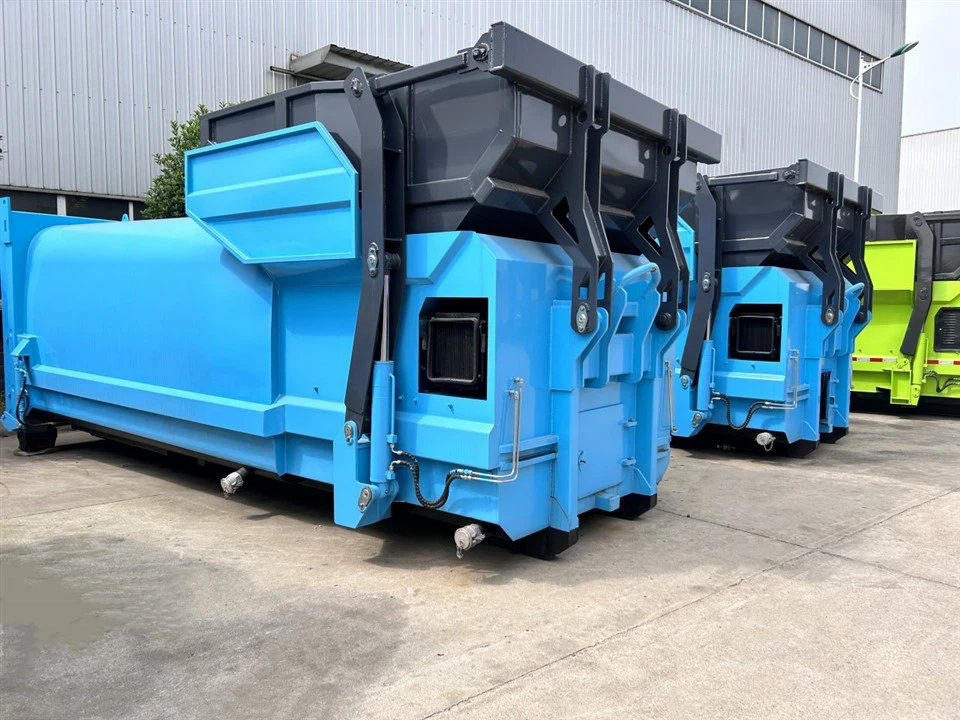Truck World 2024: The Future of the Trucking Industry

The trucking industry is evolving rapidly, driven by technological advancements, regulatory changes, and shifting consumer expectations. As we look toward 2024, “Truck World” promises to be a vibrant ecosystem of innovation and sustainability. This article delves into the various facets of the trucking industry that will dominate in 2024, offering insights, trends, and practical tips for industry professionals and enthusiasts alike.
Table of Contents
- Introduction
- Trending Technologies in Trucking
- Sustainability Efforts in Trucking
- Key Regulations Impacting Trucking
- Autonomous Trucks and Their Impact
- Innovative Fleet Management Tools
- Enhancing the Driver Experience
- Economic Outlook for Trucking in 2024
- Practical Tips for Success in Trucking
- Frequently Asked Questions
1. Introduction
In recent years, the trucking industry has seen significant transformations due to technological advancements and changing market dynamics. As new innovations emerge, the need for logistics and transportation efficiency becomes more pronounced. The phrase “Truck World 2024” encapsulates the changing landscape, highlighting growth areas and challenges while providing guidance on adapting to these changes.
2. Trending Technologies in Trucking
2.1 Electric Trucks
Electric trucks are at the forefront of the trucking revolution. Leading manufacturers such as Tesla, Rivian, and Volvo are investing heavily in electric vehicle developments that promise to reduce operating costs and environmental impact.
2.2 Telematics and IoT
The integration of telematics and Internet of Things (IoT) technology offers trucking companies the ability to collect valuable data regarding vehicle performance, route optimization, and driver behavior. This information aids in improving efficiency and reducing costs.
2.3 Advanced Safety Features
Safety remains a top priority in trucking. Features such as lane departure warnings, automatic braking systems, and collision avoidance technologies are becoming standard in new truck models, helping to reduce accidents on the road.
| Technology | Benefits |
|---|---|
| Electric Trucks | Lower fuel costs, reduced emissions |
| Telematics | Improved operational efficiency, data-driven decisions |
| Advanced Safety Features | Increased road safety, reduced insurance costs |
3. Sustainability Efforts in Trucking
3.1 Commitment to Reducing Emissions
With climate change at the forefront of global discussions, the trucking industry must adapt. Many companies are setting ambitious goals to significantly reduce emissions by 2030. Initiatives include transitioning to cleaner fuels and investing in electric and hybrid fleets.
3.2 Sustainable Practices
Beyond vehicle emissions, many trucking firms are also implementing sustainable practices in their operations. This includes optimizing routes to reduce fuel consumption, encouraging eco-driving behaviors among drivers, and incorporating alternative fuels in their operations.
3.3 Collaboration and Partnerships
Trucking companies are partnering with environmental organizations and stakeholders to develop best practices for sustainability. Collaborative initiatives help share knowledge and encourage systemic changes that benefit the entire industry.
4. Key Regulations Impacting Trucking
4.1 Emissions Standards
As regulations around emissions intensify in 2024, trucking companies must adapt to stricter compliance measures. This includes upgrading existing fleets to meet new EPA standards or investing in alternative fuel vehicles.
4.2 Hours of Service Rules
Changes to Hours of Service (HOS) regulations are expected to impact driver schedules significantly. Understanding these regulations helps trucking companies optimize dispatch and ensure compliance, maximizing both driver safety and operational efficiency.
4.3 Labor Laws
With a focus on improving driver working conditions, several states are implementing new labor laws that affect pay, benefits, and working hours. Trucking companies will need to navigate these changes to remain competitive.
5. Autonomous Trucks and Their Impact
5.1 Current Developments
Autonomous trucks represent a significant shift in the industry, with many companies investing heavily in self-driving technology. As this technology advances, it could potentially address the industry’s ongoing driver shortage.
5.2 Pros and Cons
While autonomous trucks offer benefits like reduced labor costs and increased efficiency, challenges such as regulatory hurdles, safety concerns, and public acceptance must be addressed for widespread adoption.

5.3 Future Innovations
As autonomous technology continues to innovate, the industry anticipates solutions like platooning, where multiple trucks travel closely together, reducing air drag and improving fuel efficiency.
6. Innovative Fleet Management Tools
6.1 Software Solutions
Modern fleet management software is revolutionizing how companies operate. Platforms that monitor vehicle GPS, fuel consumption, maintenance schedules, and driver performance help managers make informed decisions.
6.2 Predictive Maintenance
Utilizing predictive analytics, companies can anticipate maintenance needs, reducing downtime and saving costs on emergencies. Tools that analyze vehicle data allow for timely interventions and extended vehicle life.
6.3 Fuel Management Systems
Efficient fuel management systems are crucial for cost control. By tracking fuel use and identifying inefficiencies, these systems empower trucking companies to improve profitability.
7. Enhancing the Driver Experience
7.1 Training and Development
Continuous training and development programs for drivers help enhance their skills, making them more effective and confident. Companies that invest in their workforce can benefit from higher retention rates.

7.2 Work-Life Balance
The demand for better work-life balance remains a pressing issue in the industry. Solutions like flexible scheduling, remote work opportunities, and comprehensive benefits can help improve driver satisfaction.
7.3 Mental Health Awareness
Implementing mental health support programs is essential. Resources such as counseling services and mental health days can significantly impact overall driver well-being.

8. Economic Outlook for Trucking in 2024
8.1 Growing Demand for Freight
As global trade continues to expand, the demand for freight transportation is projected to grow. This trend presents opportunities for trucking companies to scale their operations and explore new markets.
8.2 Rising Costs
The trucking industry faces rising operational costs, including fuel prices and equipment maintenance. Companies will need to find innovative ways to manage these expenses without compromising service quality.
8.3 Technology Investments
Investing in technology will remain a critical area for growth. Companies that integrate new systems and techniques can improve efficiency and take advantage of emerging trends in the trucking world.
9. Practical Tips for Success in Trucking
9.1 Investing in Training
Training and ongoing education are vital for keeping up with industry trends. Consider workshops, webinars, and certification programs to equip your team with the necessary skills and knowledge.
9.2 Prioritizing Safety
Creating a safety-first culture can enhance productivity and protect your assets. Regular safety audits, driver training sessions, and promoting safe driving habits are effective ways to maintain safety.
9.3 Embracing Innovation
Companies should remain open to adopting new technologies and strategies. Researching the latest trends, attending industry conferences, and forging partnerships can facilitate innovation within your organization.
10. Frequently Asked Questions
10.1 What is Truck World 2024?
Truck World 2024 refers to the evolving landscape of the trucking industry, focusing on trends and innovations that will shape the sector.
10.2 How will technology impact trucking in 2024?
Technology will enhance efficiency, safety, and sustainability through innovations like electric trucks, telematics, and autonomous driving systems.
10.3 What are the sustainability goals for trucking?
Many companies aim to reduce emissions, improve fuel efficiencies, and implement eco-friendly practices to contribute to a healthier environment.
10.4 How can trucking companies adapt to new regulations?
Companies can adapt by staying informed about regulatory changes, training staff on compliance, and investing in technology that meets or exceeds standards.
10.5 What role do drivers play in the future of trucking?
Drivers will remain crucial for operations, but their roles may evolve with advancements in technology, leading to increased focus on oversight and management rather than manual driving.
10.6 How can companies improve driver retention?
Improving driver retention can be achieved through competitive pay, flexible scheduling, ongoing training, and support for mental health and well-being.
